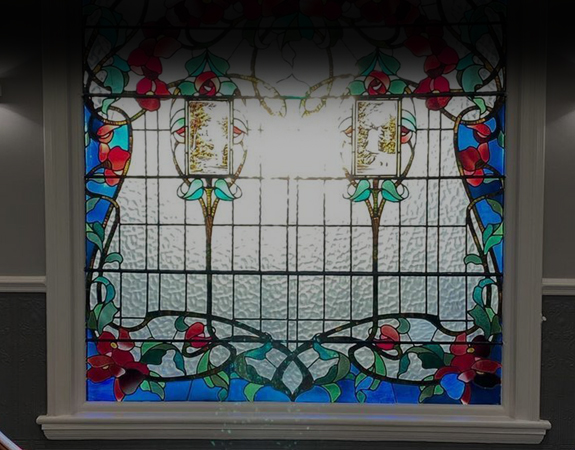Tooth Extraction in Leeds City Dentalcare
Tooth extraction is sometimes necessary if the tooth is too badly damaged or decayed to be saved. It may also be required if root canal therapy fails to save a tooth, something that can happen occasionally In this case it will need extracting, and this is generally a relatively straightforward process. Dr David Brown or another dentist at Leeds City Dental care will give you a local anaesthetic to numb the area with the affected tooth. The actual extraction should be pretty quick, and you may need some stitches although this isn’t always necessary. You may experience some bleeding afterwards, but this should cease as a blood clot will form in the empty tooth socket.
Looking After the Extraction Site
Afterwards you will be given precise instructions on how to look after the extraction site, and how to keep it clean. You may need to take painkillers for a day or day or two after surgery, and you might experience some swelling. Some people find it helpful to use a rinse of warm salt water to relieve discomfort and swelling. It is not advisable to carry out strenuous exercise following an extraction, as physical activity can increase the bleeding. You may also want to stick to eating soft foods for a day or two to give the site a chance to heal. Avoid touching the extraction site with your tongue or fingers, but do make sure you continue to brush your teeth.
Possible Complications Following Tooth Extraction
Complications following a tooth extraction are rare, and are generally simple to treat, but it is worthwhile knowing what they are, and the type of symptoms to look out for. Dry socket can sometimes occur, and is caused by the blood clot that forms in the extraction site becoming dislodged. The whole purpose of the blood clot is to help protect the bone that is exposed by the extraction. Exposure of the bone can lead to an infection developing, and the main symptom is feeling pain a couple of days after the extraction.
This pain can be quite intense, and can radiate outwards from the extraction site. Other symptoms include bad breath, or noticing you have a nasty taste in your mouth. Dry socket is something we can treat quite easily, but you will need to make an appointment to see a dentist at Leeds City Dentalcare to have the extraction site properly cleaned and dressed. We may need to see you quite frequently to change the dressing, and to ensure the extraction site is healing properly. If the infection is particularly bad then we may need to prescribe antibiotics to help clear it up. Dry socket should generally clear up within a couple of weeks.
Another problem which may occur is called a reactionary haemorrhage, and is where the extraction site can begin to bleed several days after surgery. This can be due to an increased flow of blood to the socket, or because the blood clot has become dislodged. If this happens then it is important to place pressure on the extraction site to try to stop the bleeding, and if it fails to stop within twenty minutes or so call our dental surgery in Leeds for further advice. We may need to stitch up the extraction site under a local anaesthetic.
Complications are Rare
These problems are relatively rare, as for example dry socket only affects between 2% and 5% of extractions. Provided you follow the instructions given to you about keeping the extraction site clean then you are unlikely to experience any problems.




